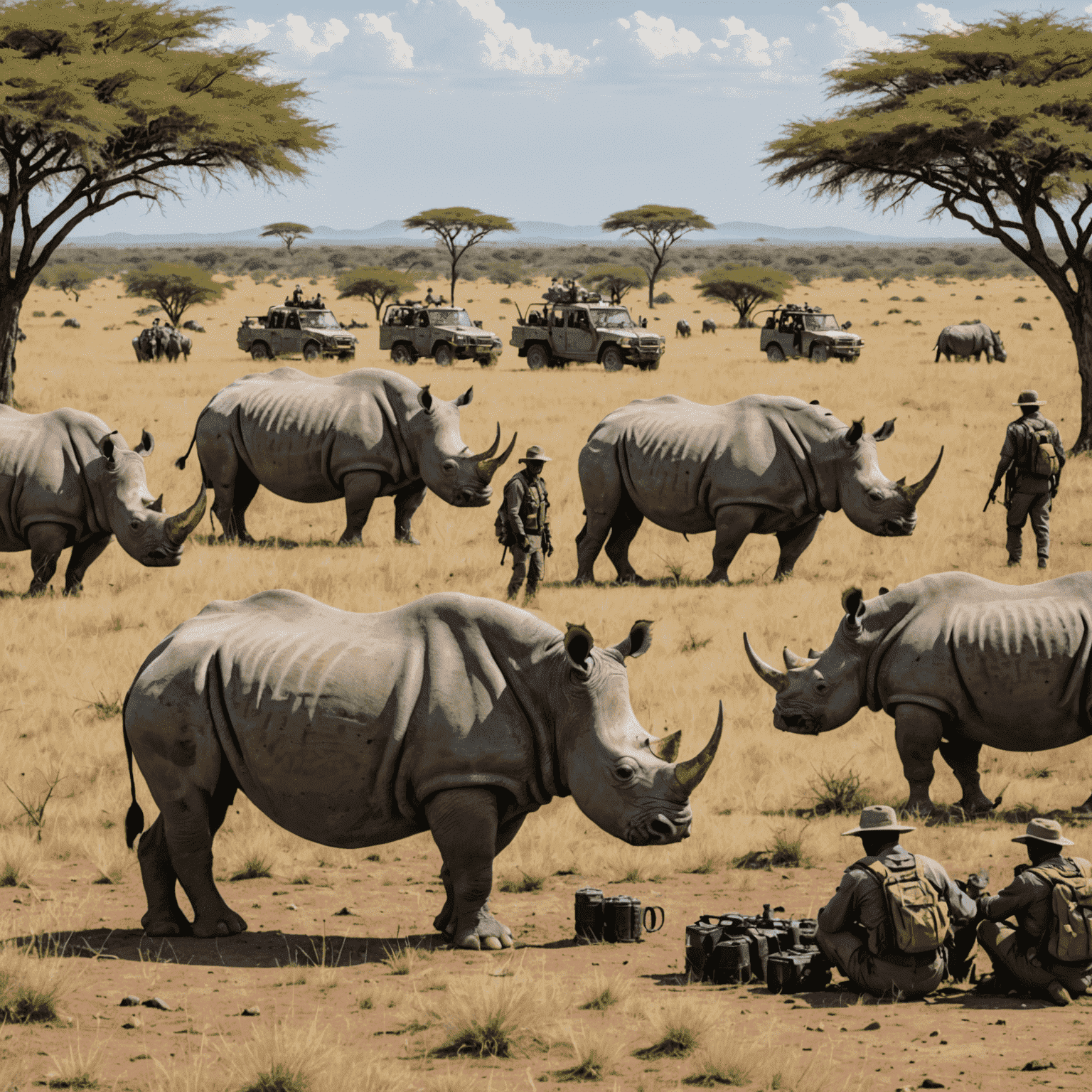Rhino Conservation Efforts: A Global Update

In recent years, the global community has intensified its efforts to protect rhino populations and combat the persistent threat of poaching. This article provides an overview of the latest initiatives and their impact on rhino conservation.
Technological Advancements in Anti-Poaching Measures
Conservation organizations are leveraging cutting-edge technology to enhance their anti-poaching strategies. Drones equipped with thermal imaging cameras are now being used to monitor rhino habitats at night, while AI-powered acoustic sensors can detect gunshots and alert rangers in real-time.

Community-Based Conservation Programs
Recognizing the importance of local community involvement, several countries have implemented community-based conservation programs. These initiatives provide economic incentives for protecting rhinos, creating a symbiotic relationship between wildlife conservation and community development.
International Collaboration and Policy Changes
Governments worldwide are strengthening their commitment to rhino conservation through stricter legislation and increased penalties for poaching and trafficking. International cooperation has also improved, with better information sharing and coordinated law enforcement efforts across borders.

Breeding Programs and Habitat Restoration
Captive breeding programs have seen success in increasing rhino populations, particularly for critically endangered species like the northern white rhino. Simultaneously, efforts to restore and protect natural habitats are underway, ensuring that rhinos have safe spaces to thrive in the wild.
Public Awareness and Education
Global campaigns to raise awareness about the plight of rhinos have gained traction, educating the public about the devastating effects of the illegal wildlife trade. These efforts aim to reduce demand for rhino horn and garner support for conservation initiatives.

Challenges and Future Outlook
Despite these positive developments, rhino conservation faces ongoing challenges. Climate change, habitat loss, and persistent demand for rhino horn in some markets continue to threaten rhino populations. However, the combined efforts of governments, NGOs, local communities, and technology innovators provide hope for the future of these magnificent creatures.
As we move forward, it's clear that the fate of rhinos depends on our continued commitment to conservation. By supporting these initiatives and staying informed, we can all play a part in ensuring that rhinos thrive for generations to come.